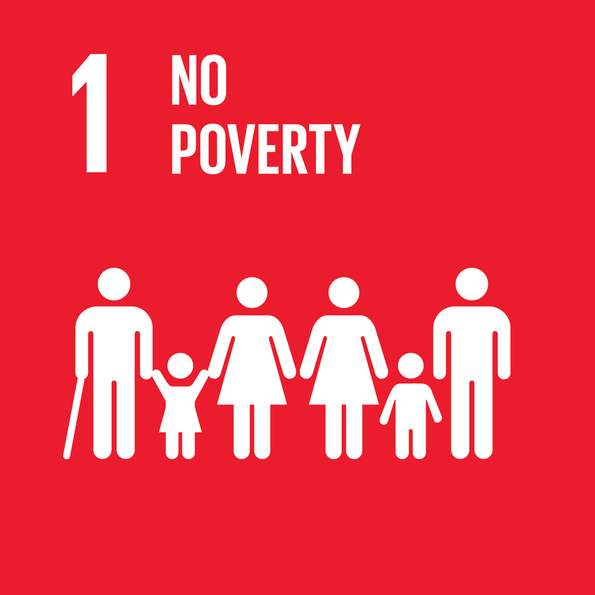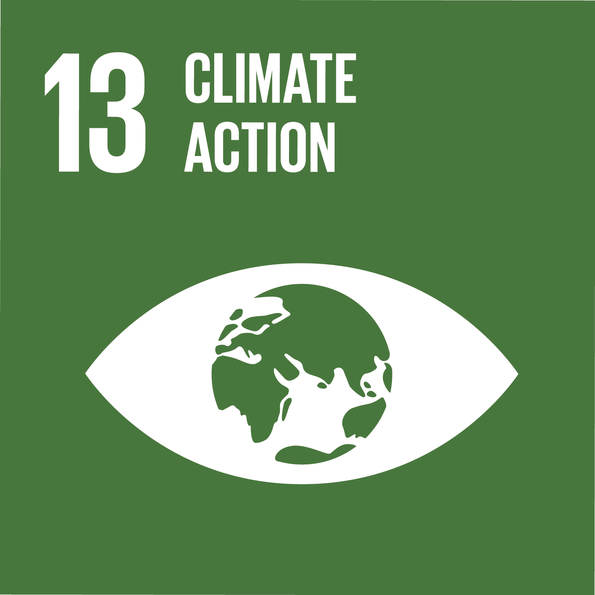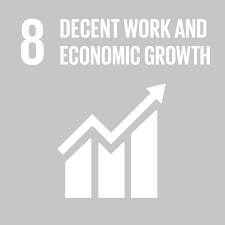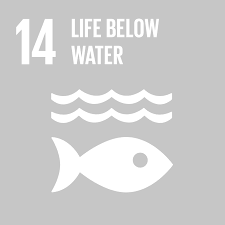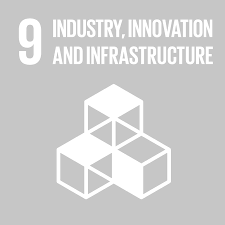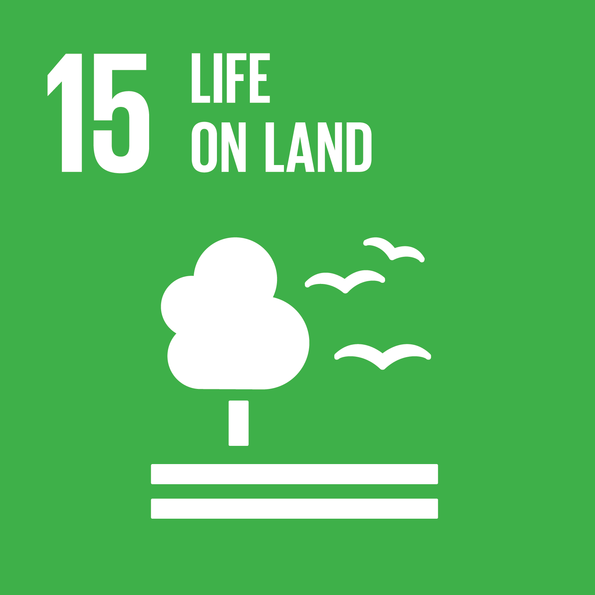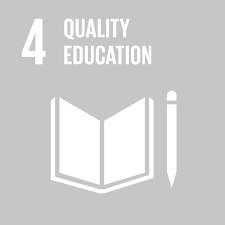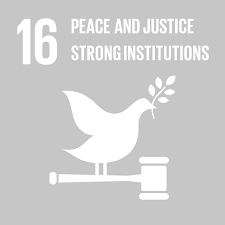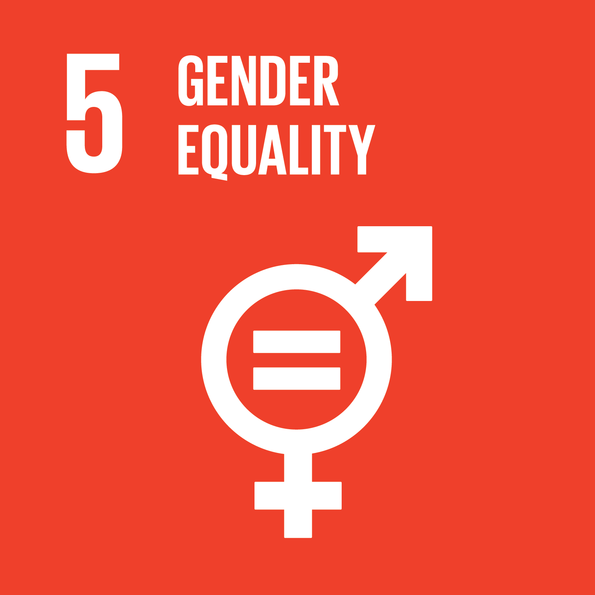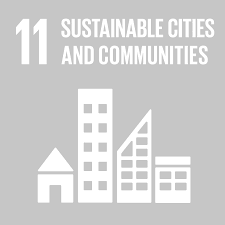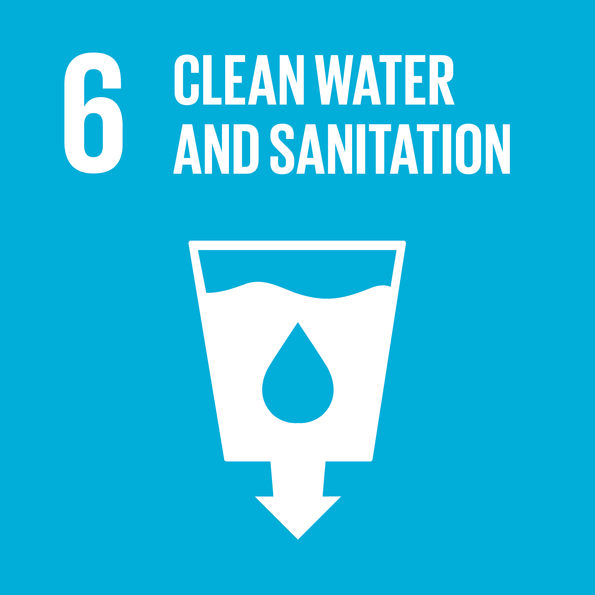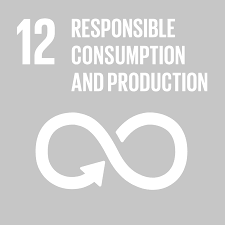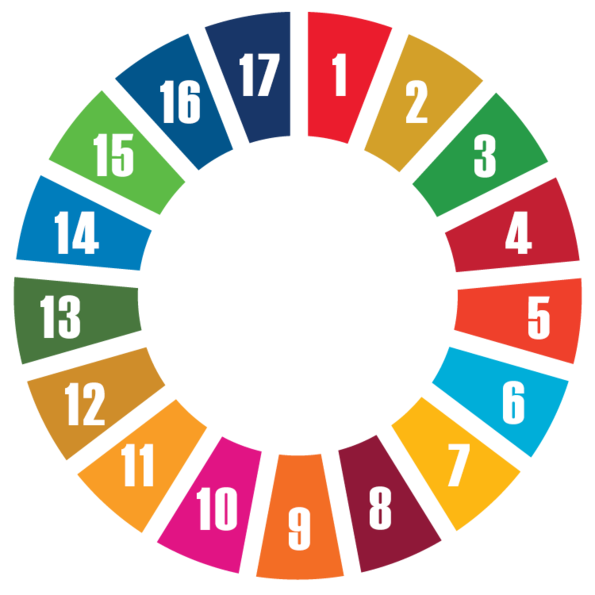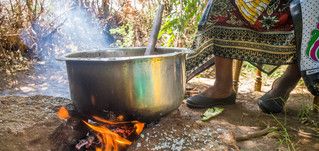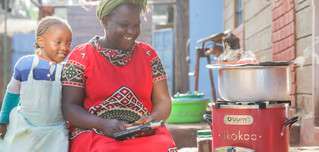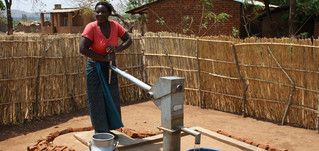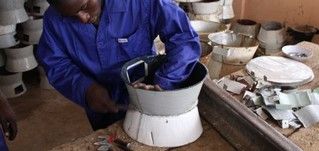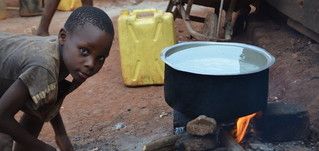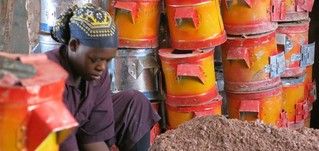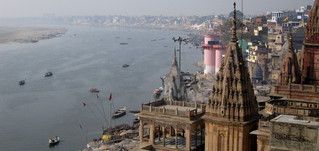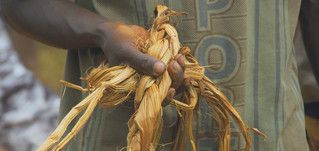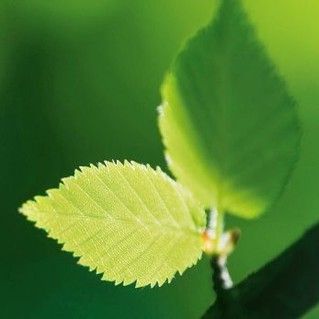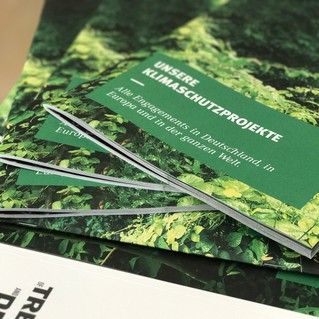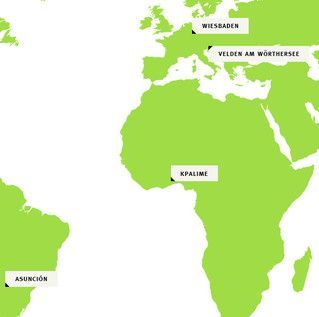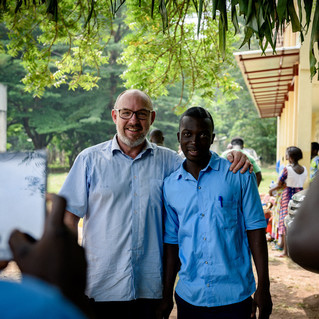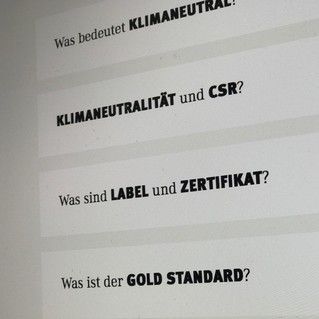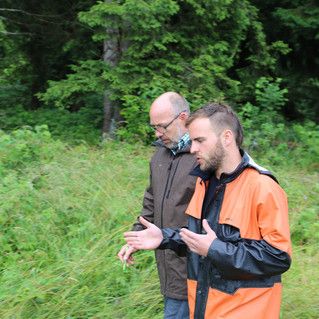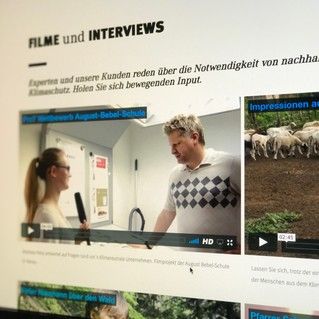TOYOLA Clean Cookstoves
Decreased deforestation through
efficient cooking stoves
all regions, NIGERIA*
This energy efficiency project in Nigeria will replace conventional cooking stoves with much more efficient stoves, the Toyola Coalpots. Households cooking with the new stoves reduce their fuel needs by about 30% per year. That corresponds to a value of 80 euros. The average annual income in Nigeria is 250 euros per person.
Particularly needy households can buy the ovens on credit. The payments are made from the savings made for the purchase of fuel.
Toyola Energy employs 170 people involved in the production of ovens and many more for sales.
In addition to the fuel savings, another positive factor in this project is the reduction of air pollution due to the significantly lower pollutant emissions. This goes hand in hand with improving the health of the Nigerians. The WHO estimates that more than 16,000 people still die prematurely from upper respiratory tract and cardiovascular diseases due to air pollution from cooking zones.
Less charcoal than fuel means less deforested forests! This in turn has positive effects on the protective functions of the forest, such as soil erosion, water conservation and securing the natural habitats of animals and plants.
*NIGERIA
Relocation as a solution
The consequences of climate change can be felt everywhere in Nigeria: storm surges are becoming more frequent, pasture and arable land are becoming scarcer, and fish stocks are falling due to the warming of the sea. Commercial fishing has declined sharply, says Ako Amadi, marine ecologist and founder of the non-governmental organization “Community for Development Initiatives:“ Most of the fish we catch have raised their offspring in the bays and lagoons. Now the routes of the animals have changed and fishing is suffering. "
This not only exacerbates poverty, but also violent land conflicts and the threat of terrorism, says security advisor Kabir Adamu: "It increases poverty and unemployment and that, together with the high level of illiteracy in the regions, makes the population vulnerable to recruitment by violent people , extremist groups. ”In Nigeria, environmentalists and scientists are trying to counteract this. Ako Amadi, for example, speaks to local leaders about the consequences of climate change. So far, the government has hardly made any effort to adapt to climate change: “None at all. The government's only major project is to set up a National Environmental Management Agency to rescue people when problems arise. But it's like a fire brigade. "
Instead, priority is given to development projects such as Eko Atlantic City, an artificial peninsula off Lagos based on the Dubai model. A prestige project - but one that is exacerbating the consequences of climate change in the region: “The ocean currents are changing. And these currents, from which Eko Atlantic City protects itself with high walls, meet the coast in other places. That will destroy these coastal zones - without a doubt. "
Village chief Yusuf Elegushi Atewolara also expects that. All the more he hopes that there will soon be a rethink in his government. For his community there is only one solution to permanently escape climate change: “It is up to the government to relocate us. The government has land. But we? We can't leave here. "
Source: Nigeria - Wenn der Klimawandel zuschlägt, Deutschlandfunk.


